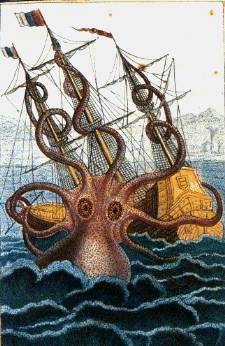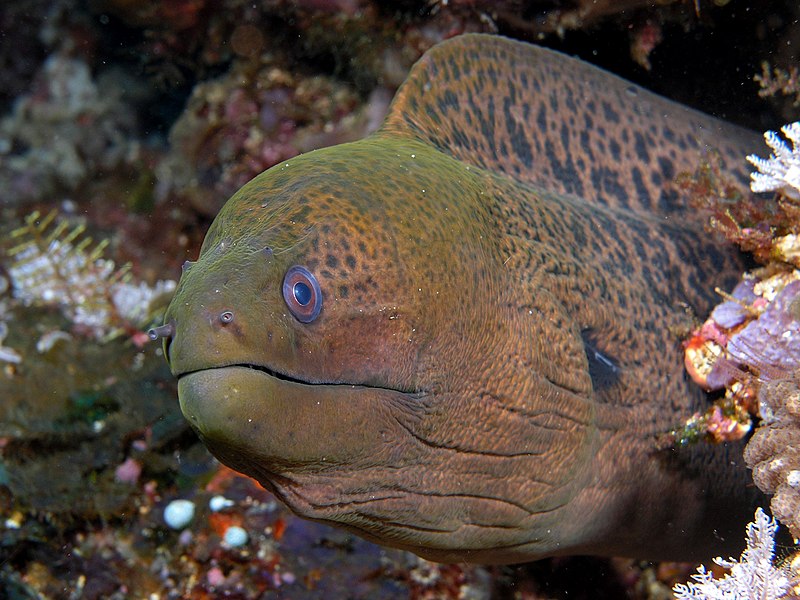Hi, Jose here. When I was younger, I was looking for something that would light up the bottom of my 30 gallon South American tank. I did a little research and found a picture of a curviceps…I got really excited because from what I found they were pretty little fish. I purchased a trio of Dwarf Acara at a local pet shop labeled “sky blue curviceps”. I didn’t know much about them, and I hadn’t really heard about them from other enthusiasts, but then again I wasn’t into cichlids at that time, so it was something new.
After they became adjusted to the tank, I ran peat through my Fluval 402 filter and hoped for some eggs. After a couple of nerve wrecking months, I noticed that a pair had formed and the third fish was killed by the pair. I placed some smooth, flat 5 to 6 inch rocks hoping the new couple would spawn on one. I figured that their tankmates (neon tetras) wouldn’t mess with the eggs, so I didn’t have to worry about anything eating them. But in watching the pair, I noticed something that worried me a little. I thought the male would be a light blue dwarf, but this fish was developed red color from the lower tip of the mouth to the rear of the body and red ventral fins. The “female” was also brightly colored, so I started wondering if I had two males. The person at the pet shop told me the female should be dull-looking because only males have color, a common trait amongst many cichlid species. Read More »
 That Fish Blog – Aquarium Advice and Information
That Fish Blog – Aquarium Advice and Information




